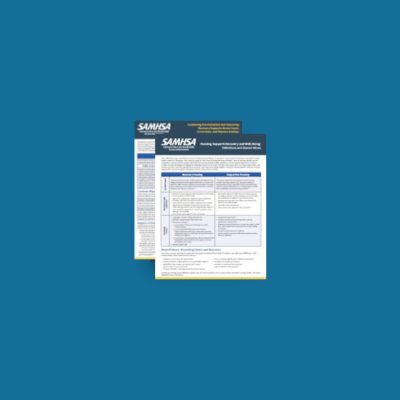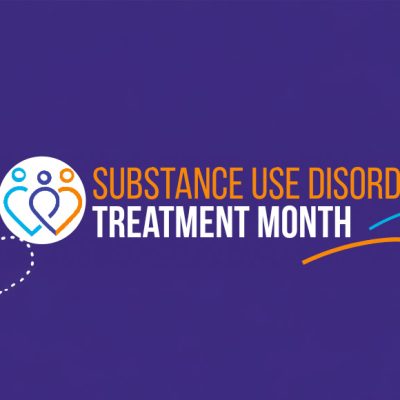
Two recent episodes of the Equal Dose podcast featured experts from the University of Maryland CESAR and the University of Maryland School of Medicine discussing current issues in our field such as polysubstance use (intentional or unintentional), the value of ED data for assessing drug exposure and supporting a continuum of care, treatment and recovery needs in rural communities, and the importance of peer recovery specialists.

People, including healthcare providers, have experienced confusion in deciding whether 988 or 911 is appropriate across a range of situations. Understanding the differences between 988 and 911 and being able to communicate these differences to people in ways that address their needs and concerns and respect their desired outcomes can help support effective crisis management.

SAMHSA has released two recovery fact sheets designed to empower individuals navigating mental health and substance use services and expand the adoption of recovery-oriented services and supports in state, local and community behavioral health settings.
Housing Supports Recovery and Well-Being: Definitions and Shared Values summarizes the role that housing plays in supporting recovery for recovery and housing leaders.

SAMHSA has released a toolkit for the first Substance Use Disorder Treatment Month, to be observed January 2025. Treatment Month raises awareness of the benefits and availability of evidence-based treatments for people with a substance use disorder; addresses barriers to treatment, including stigma; and normalizes seeking help. The toolkit includes information about weekly themes, social media graphics and messaging, a webinar background, and resources that public health organizations, treatment providers, professional associations, and others can use to spread awareness of Treatment Month.

SAMHSA’s updated Overdose Prevention and Response Toolkit provides guidance to a wide range of individuals on preventing and responding to an overdose.

October is Prevention Month! We’re observing Youth Substance Use Prevention Month and Substance Misuse Prevention Month.